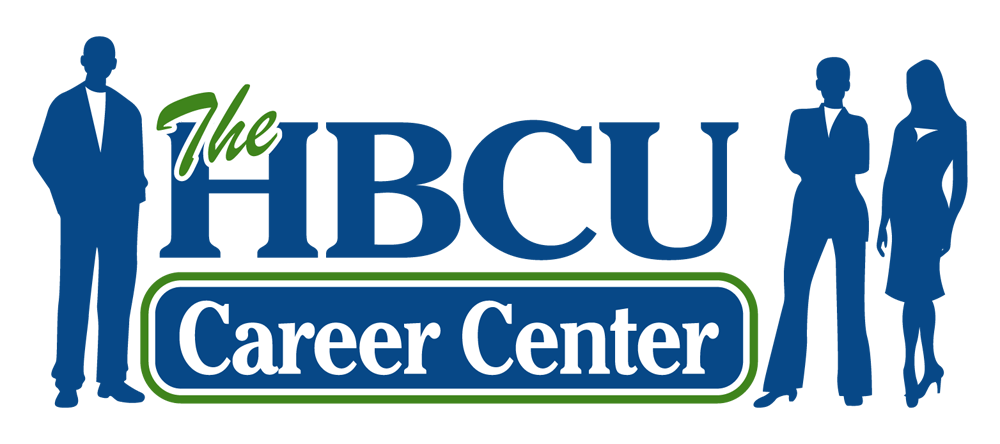Share Outstanding Observable Outcomes in Your Next Job Interview
Photo by Tima Miroshnichenko
When you meet with a potential employer to interview for a position, it’s important to demonstrate the impact you can have on their company. Using great communication skills to speak with confidence about your competencies (the 3 C’s!) will help you convey your enthusiasm and explain how you will be an asset to the team.
Dr. Marcia Robinson's Interview Like a P.R.O. method offers an easy approach to the communication component of the 3 Cs. This method will help you define your best stories about a project you worked on in which your contribution resulted in an outstanding observable outcome.
Here’s How to Interview Like a P.R.O.
As you prepare for a job interview, use the job description to identify the skills and behaviors that are important to the employer. Use these skills and behaviors to roughly predict types of questions the interviewer will ask. For example, if one job requirement is that a candidate is detail-oriented with the ability to multitask, you can assume that the interviewer might ask you about this skillset during your meeting.
Once you've chosen a few behaviors from the announcement, use the P.R.O. method to develop a story that addresses the key behaviors your potential employer values.
A quick breakdown of the acronym P.R.O.
P- Past, Personal, Professional Experiences
R- Responsibilities (what did you do in past roles?), Rational Reactions (how did you think through and respond to problems?) and Recent or Relevant Experiences (did the experience take place within the past 3-5 years?)
O- Outstanding Observable Outcomes (excellent results observed by colleagues or supervisors)
If the job description requires a candidate who is a self-starter, consider this P.R.O. sample story as a way to address this qualification:
“Last year, during my tenure at X company, our communications team was working on a project to improve engagement. We met several times to discuss the problem. However, after a few meetings, I realized we were lacking key data points to help us track our successes or lack thereof. My role was to follow up with my team members and do ABC, but we were lacking a system that would allow us to track efficiently so all team members could see and analyze the same data. I researched a few tracking options and brought them to the table. I helped adapt a solution to fit our needs and established an implementation plan. As a result, we were able to examine the data prior to the meeting, giving us more time to creatively brainstorm solutions as a team. The entire team said our team meetings were more effective and efficient and this helped improve engagement among all team members as well.”
Here is a breakdown of how the acronym P.R.O. is shown through the story above.
P- The story explains past professional experience
R- The story shares how a professional thought through their reaction to a business problem
O- The story makes it clear that the team began to have more effective meetings, and move towards solutions faster.
Once you have stated the outstanding observable outcome, you have answered the interviewer's question, and communicated how you can be an impactful addition to the employer's team.
Learn more about the Interview Like a P.R.O. video series here.

